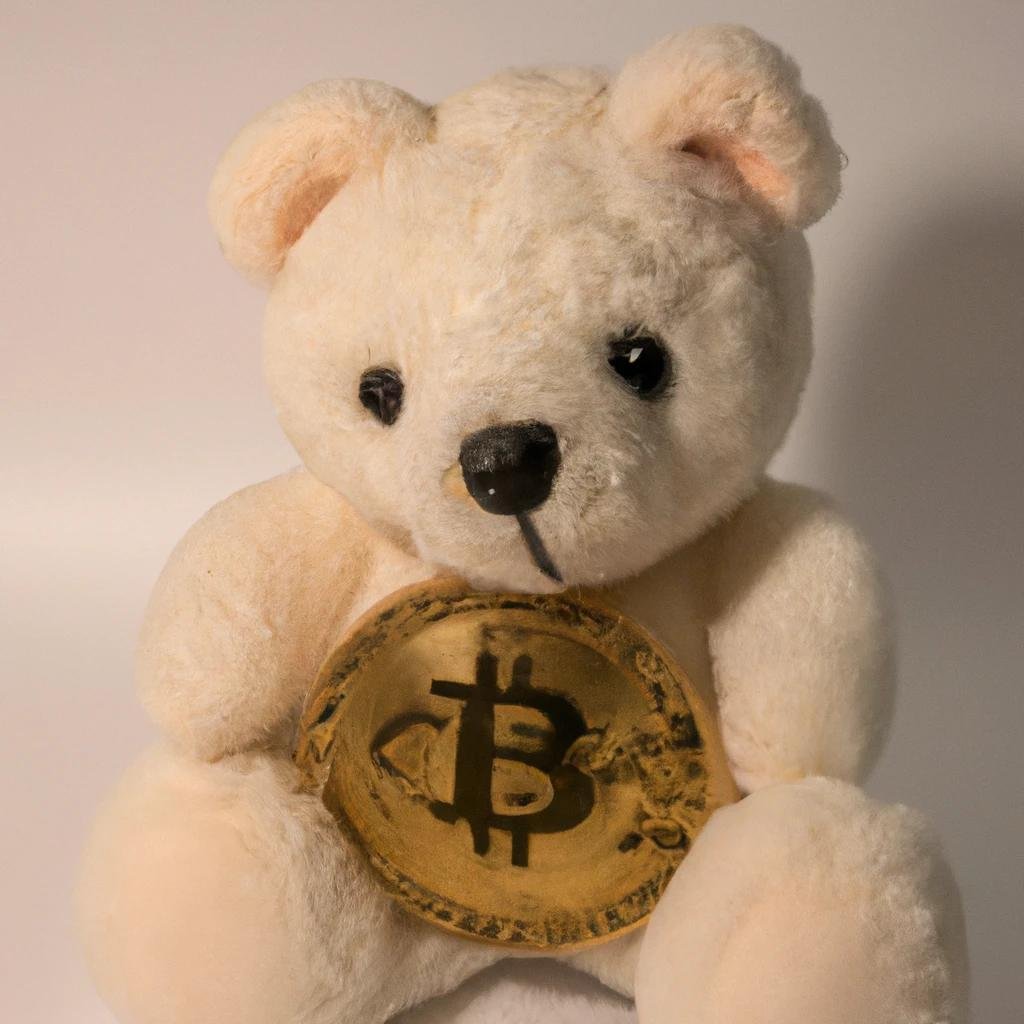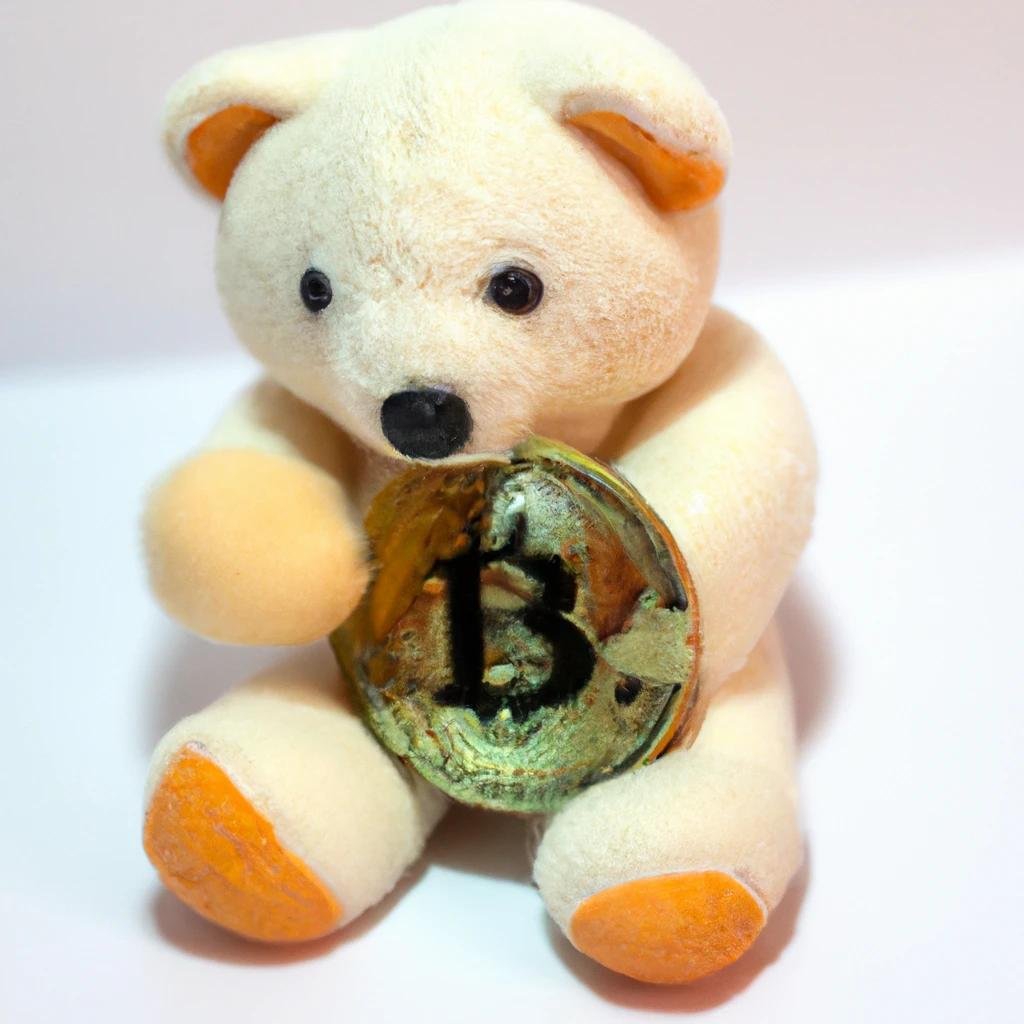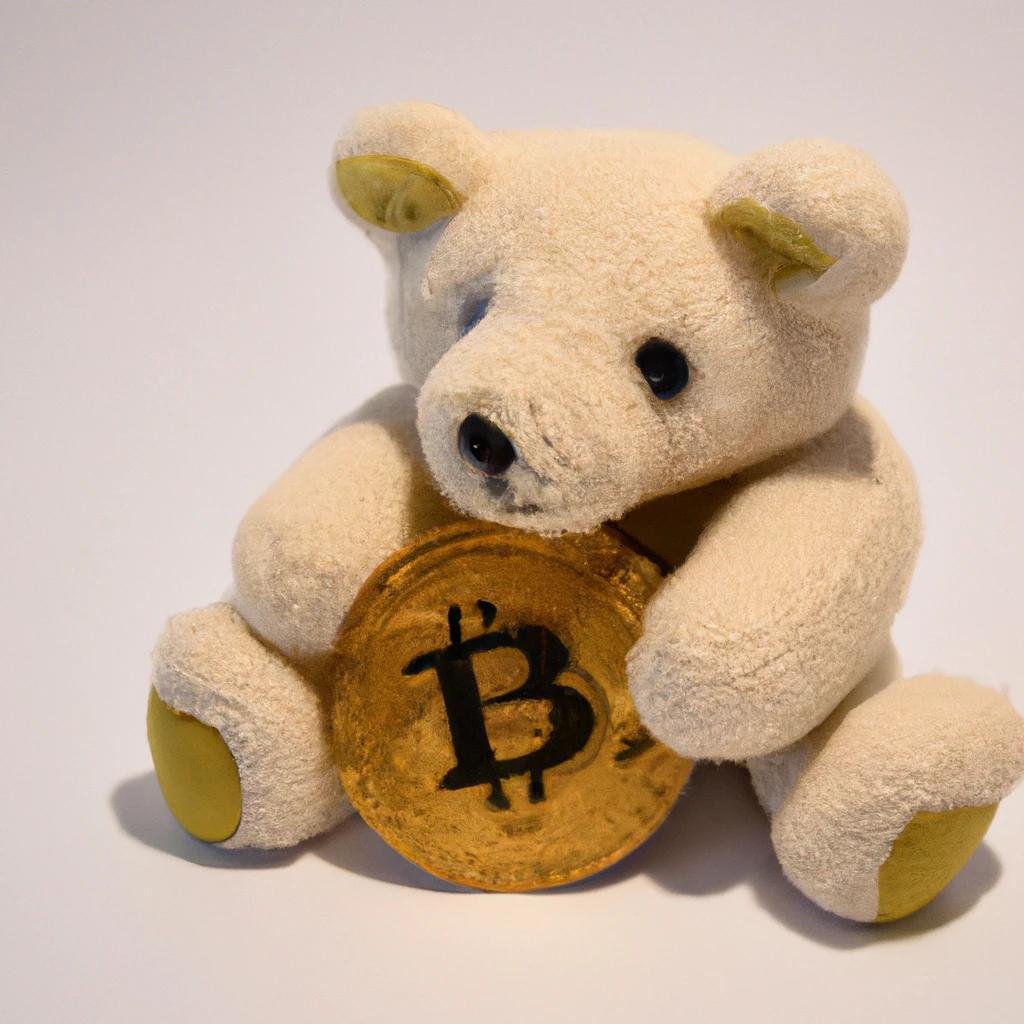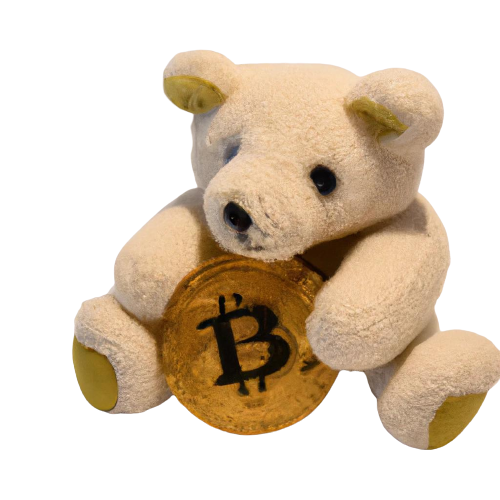The Artificial Rebirth of Fashion
Every designer is about to lose their job… Well, not yet. Massive companies around the world, such as Amazon and Google, are exploring ways to use machines to replace humans in the fashion world, but luckily, they have yet to succeed. In 2018, Juniper Researchers predicted that retail investment in artificial intelligence would reach a whopping $7.3 billion by 2022. Two years later, AI investment in the retail industry surpassed $9.36B, adjusting predictions to $11.8B by 2022. The forecasted expenditure skyrocketed roughly 62 per cent in just two years. Amazingly, this number continues to grow every day, but what makes AI $4.5 billion dollars more valuable in the fashion industry?
New Best Friends
Computers crunch numbers in ways humans could never compete with. In the past, specialists would study market trends and patterns year-round to predict design elements to incorporate in the coming season. Computers can now do all this in a fraction of the time with greater accuracy. By tracking elements such as colours, fabrics, and patterns, and analyzing their recent retail performance, AI provides credible aide in the creative process for many designers. These AI programs can even analyze details down to the neck style and cut, enabling designers to use this information to create the most desired garments for their next collection. German fashion marketplace, Zolando, started Project Muse in collaboration with Google ZOO to develop the world’s first AI machine to create customized fashion designs inspired by trends occurring in real time. Their machine learning program created 40,424 designs within the first month, analyzing over 600 fashionable consumers with 50,000 data sets… now that’s something humans could never compete with. There is now software that scour the web to see what top influencers are wearing and use that data to predict future trends.
Now picture this… You’re a fashion designer working towards your next collection and your AI program delivers a full breakdown of the current fashion industry, displaying exactly what is performing well right now and, what may perform well in the future. Your wallet thanks you for saving hundreds of dollars that otherwise would have been spent hiring analysts and researchers – and most of all you’ve saved precious time. The development of machine learning in fashion continues to improve every day, and with that our relationships with our new best friends do too!
Friends or Foe?
Machines replace humans. This is a common concern with artificial intelligence in the workforce. While new AI programs could be the best friend to some designers, they are the arch enemy of others. Amazon has already begun to explore the possibility of replacing stylists and designers with advanced AI algorithms. There is now software that can generate designs from thin air using what is known as GANs, or generative adversarial networks. GANs consist of two AI models that are trained concurrently, with one model being the generator and the other the discriminator. The generator is the designer, creating images and designs that look real based on data it is given. The discriminator learns to distinguish between real and fake images. Using each others’ data, the models train themselves together. It has the capability to develop a garment from start to end, even including a cutting and sewing pattern. Companies can use these programs, and then have human designers make alterations on the pre-designed garments, allowing for a significantly quicker design to market time.
Many designers question whether artificially intelligent machines are friends or foes. However, the good news is that it may be a long time before a machine can invent fashion trends. This means designers shouldn’t freak out just yet, since you’re still steering the ship for the years to come.
The Start Up’s Benefit – DALL-E-2
Designers are expensive. New creators who wish to join the fashion space may not have the capability to design garments from scratch or create designs for pre-made garments. AI has broken that barrier, and now anybody can create complex, realistic, and unique designs for free! The DALL-E-2 allows anybody to be a designer for a chic brand, and it’s as simple as having an idea and a computer. Let’s say I would like to start a new brand: The CryptoBears. I’m not too design-savvy, but I know exactly what I want on my clothing. I can open up DALL-E-2 on my computer and simply type in “teddy bear holding a bitcoin.” Voila…I now have my first design, 6 of them actually, and it cost me $0.00CAD.
With these designs, I can use another free software – RemoveBG [https://www.remove.bg/] – and have a PNG of my favourite CryptoBear.
Boom. I officially have my first design for my new clothing brand that I just made up 15 minutes ago. I can throw my design onto a t-shirt, and sell it for $1429.99 a pop… you’d buy it right?
Dall-E-What?
First there was a sentence, then there were 6 images. You may be wondering: What is DALL-E-2? How does it design a teddy bear holding a bitcoin for me? DALL-E-2 is an AI program that creates images out of a prompt given to it by the user. Using a process known as “diffusion,” DALL-E starts with a pattern of random dots quickly altering them into an image that represents the given prompt. It references pre-existing images and their text description to check if the image that it created is similar. It is able to differentiate objects in an image and understand relationships between objects. Just like us, DALL-E is still learning new words and new objects, to help us create the best CryptoBear (or anything else you may want to create).
For my CryptoBear, DALL-E starts with a large pattern of pixels. As it changed to pattern to match my prompt, DALL-E searched the web, referencing its previous learning, and asked itself: “Is this a teddy bear? Is this a bitcoin?” Eventually, DALL-E selected on a pattern of pixels that resembles a teddy bear, and a bitcoin to the best of its ability.
A New Life
The future of AI is unpredictable. We know so much about it, yet everyday there seems to be more to learn. We have yet to uncover the true potential of AI, not only in fashion, but, around the world. Artificial intelligence gives life to new low-budget designers but could also potentially be the end of many experienced designers in large companies. Many questions arise when thinking about the best way to implement AI into the fashion industry – Mark Cuban says we should tax companies hourly for each machine they use that replaces a human job – but we are still years away from a complete revolution. For now, our best course of action is to enjoy the beginning of what is the artificial rebirth of fashion.








